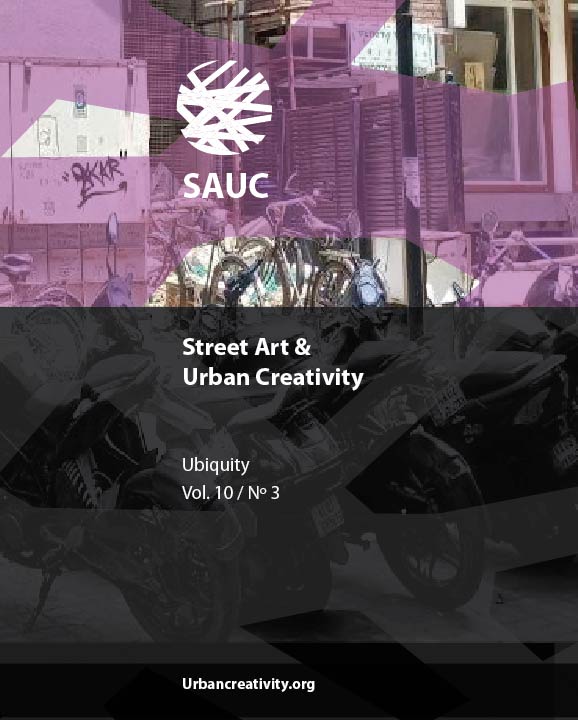The Beginnings and Developments of Higher Education in Kosovo
DOI:
https://doi.org/10.25765/sauc.v10i3.779Keywords:
Advancement, development, education, high school, faculty.Abstract
With a particular focus on higher education between 1960 and 1970, this theoretical research aims to elaborate and shed light on the educational developments in Kosovo over the XXth century. The study aims to address every issue raised by the subject without neglecting its chronological aspect. The development of higher education in Kosovo has been examined, debated, and discussed in light of the political, economic, and social changes that occurred in Kosovo during this time period, as well as how those changes affected the development of higher education.
The current study deals with two main issues in the history of higher education in Kosovo: the first, "Pedagogical and professional schools in Kosovo, 1960-1970"; and the second, "The opening of faculties in Prishtina, as a branch of the University of Belgrade, 1960-1970". It deals with the factors and reasons for the opening of the first faculties in Prishtina; the development and consolidation of the Faculty of Philosophy in 1960; the Faculty of Law and Economics in 1961; the Faculty of Technology in 1965; and the Faculty of Medicine in 1969.
This study was prepared and written using a scientific methodology, largely employing archive sources, the historical press in Albanian and other languages, as well as selected historiographical and pedagogical literature, etc. During the scientific research, based on numerous sources, an effort was made to research, elaborate, analyze, and reach the most accurate conclusions about the development and role of higher education in Kosovo during the 1960-1970 period.
Downloads
Global Statistics ℹ️
|
343
Views
|
160
Downloads
|
|
503
Total
|
|
Downloads
Published
How to Cite
Issue
Section
License
Those authors who publish in this journal accept the following terms:
-
Authors retain copyright.
-
Authors transfer to the journal the right of first publication. The journal also owns the publishing rights.
-
All published contents are governed by an Attribution-NoDerivatives 4.0 International License.
Access the informative version and legal text of the license. By virtue of this, third parties are allowed to use what is published as long as they mention the authorship of the work and the first publication in this journal. If you transform the material, you may not distribute the modified work. -
Authors may make other independent and additional contractual arrangements for non-exclusive distribution of the version of the article published in this journal (e.g., inclusion in an institutional repository or publication in a book) as long as they clearly indicate that the work was first published in this journal.
- Authors are allowed and recommended to publish their work on the Internet (for example on institutional and personal websites), following the publication of, and referencing the journal, as this could lead to constructive exchanges and a more extensive and quick circulation of published works (see The Effect of Open Access).













